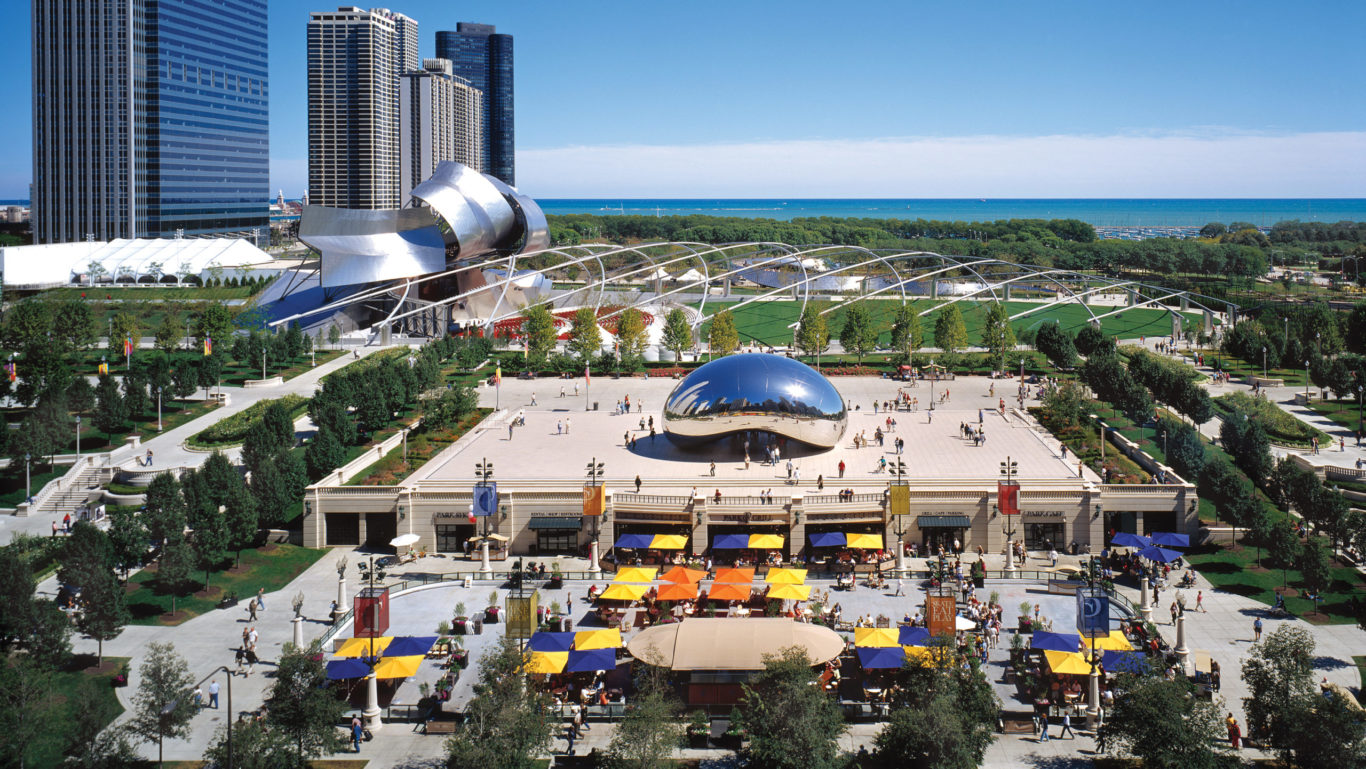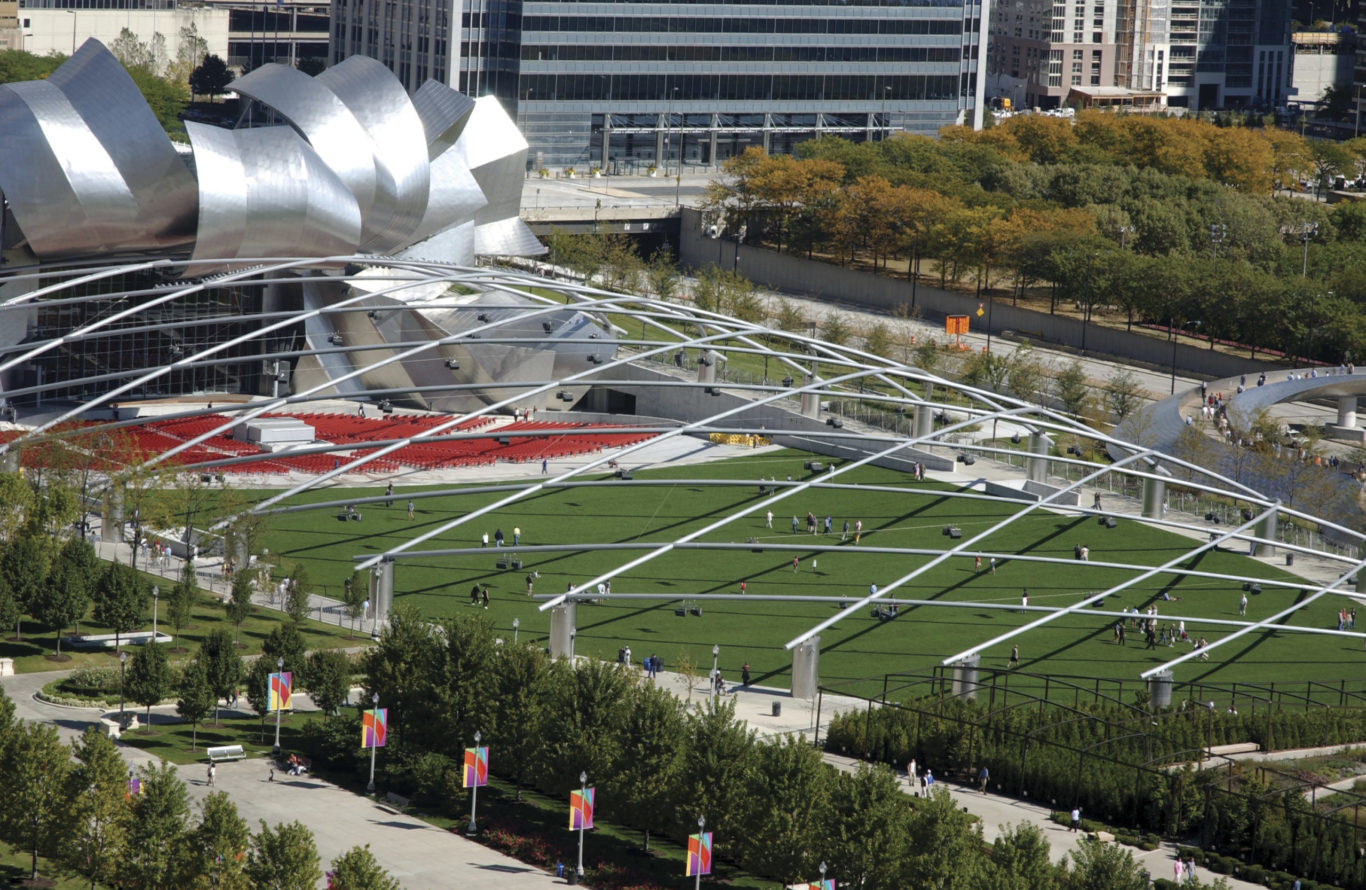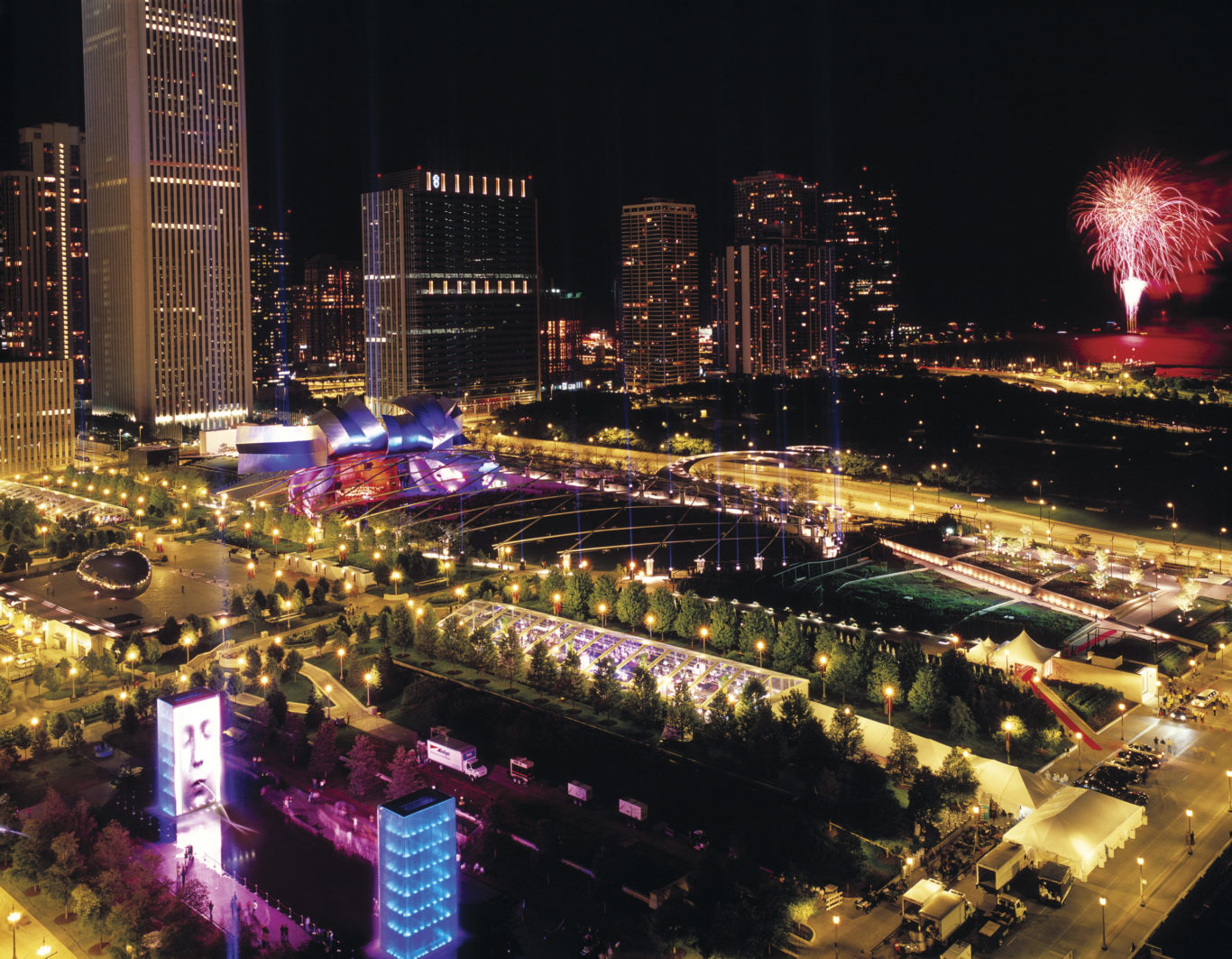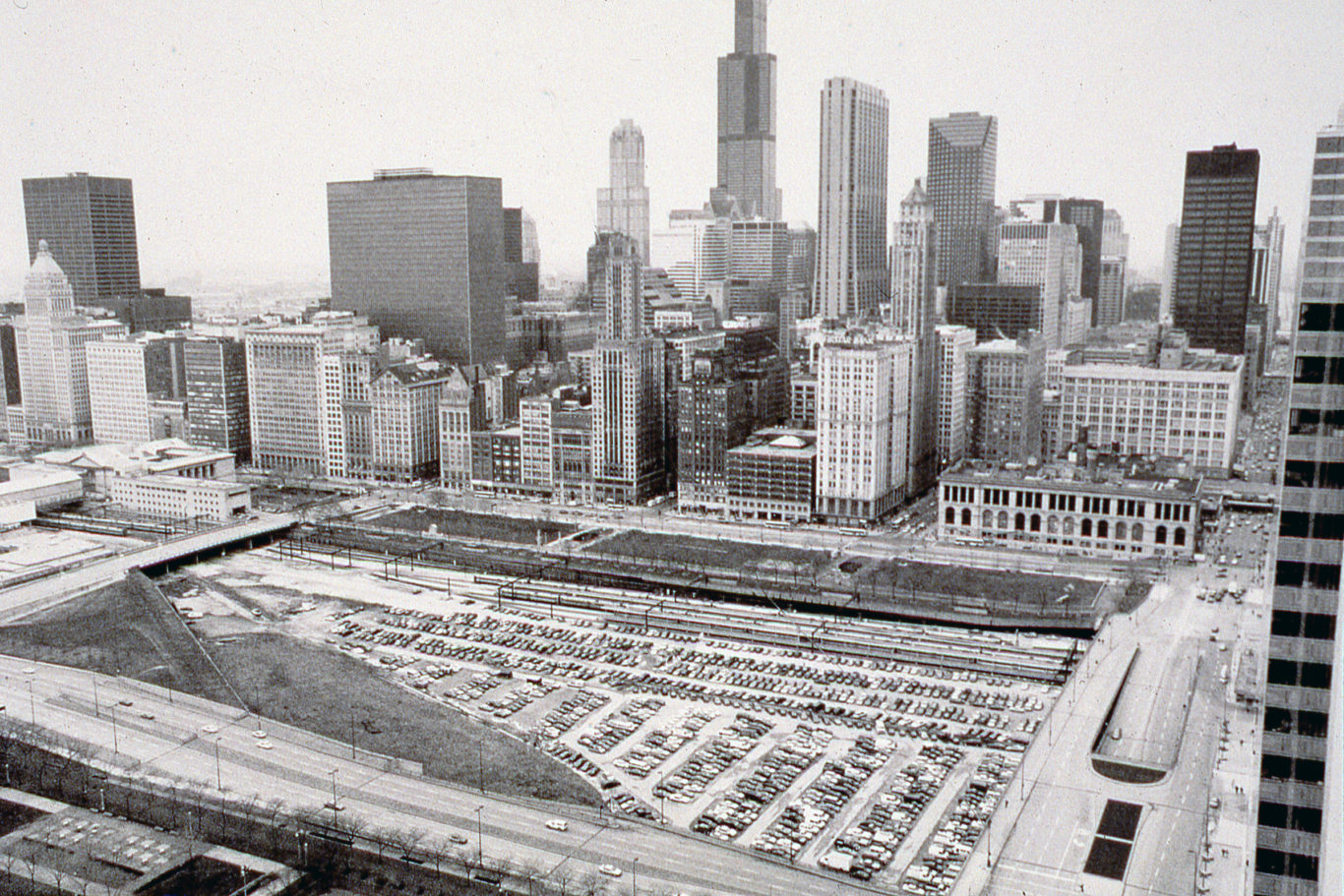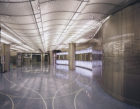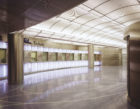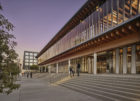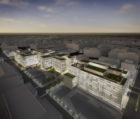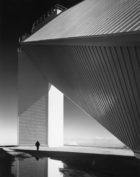An outdoor transformation
The 17-acre Millennium Park master plan guided the transformation of a once-blighted site in the heart of downtown Chicago into an expansive green roof for the entire city to enjoy. The park opened to the public in 2004, marking the completion of Daniel Burnham’s 100-year vision for the site.
SOM designed the master plan for the park, referencing Beaux Arts-style public spaces through its central promenade, great lawn, and monumental limestone peristyle. At the same time, many of Millennium Park’s features — Frank Gehry’s stainless-steel bandshell, Jaume Plensa’s interactive video installation and fountain, and Anish Kapoor’s captivating Cloud Gate sculpture — imbue the park with a decidedly contemporary feel.
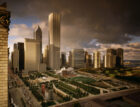
The comprehensive plan also addressed pragmatic concerns and the challenges of constructing a park above a warren of bus lanes, parking garages, and a rail yard. Below the great lawn, two new levels of parking were built, bus stops were added, and rail stations were renovated and expanded. These three systems of transit converge in an efficient, multi-modal center that has reduced and streamlined traffic congestion.
What was once a gritty, blighted site is now home to a glistening, cultural spectacle that delivers joy to its visitors.
